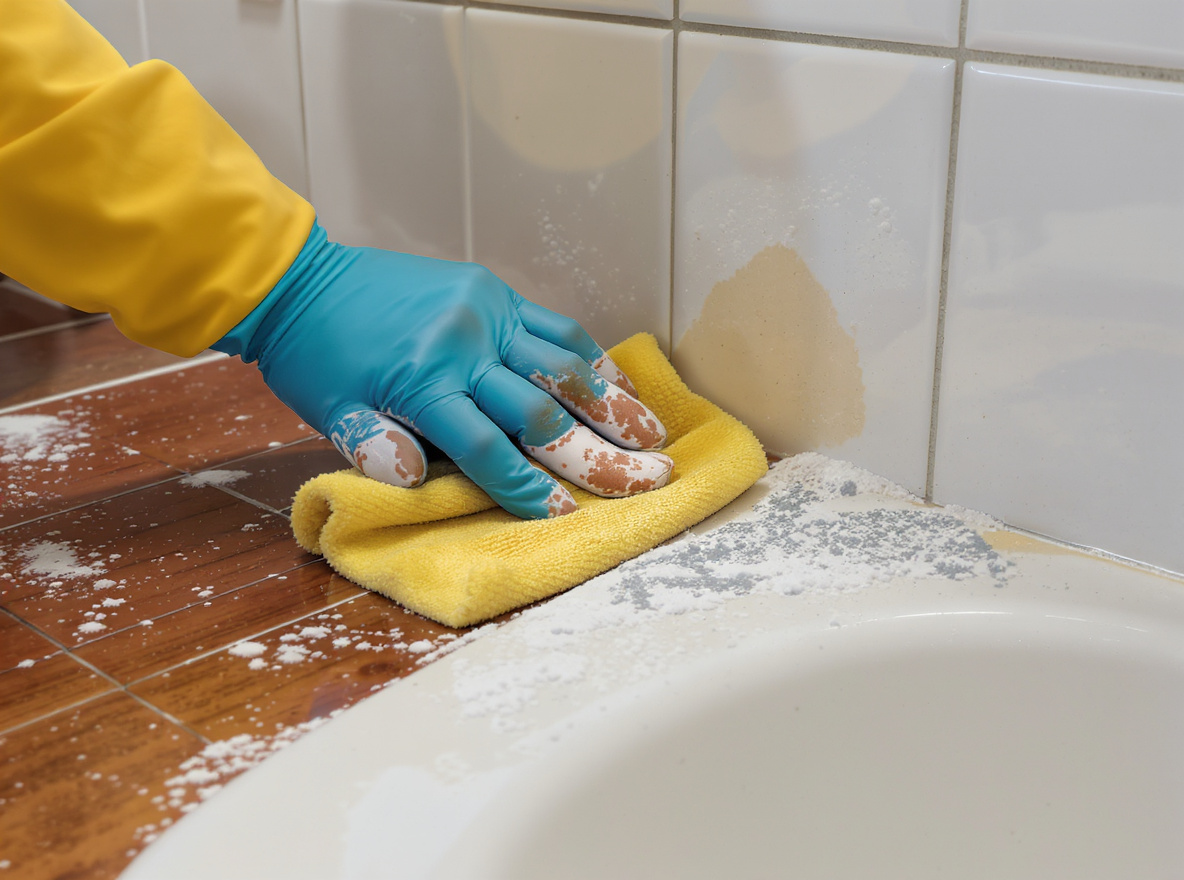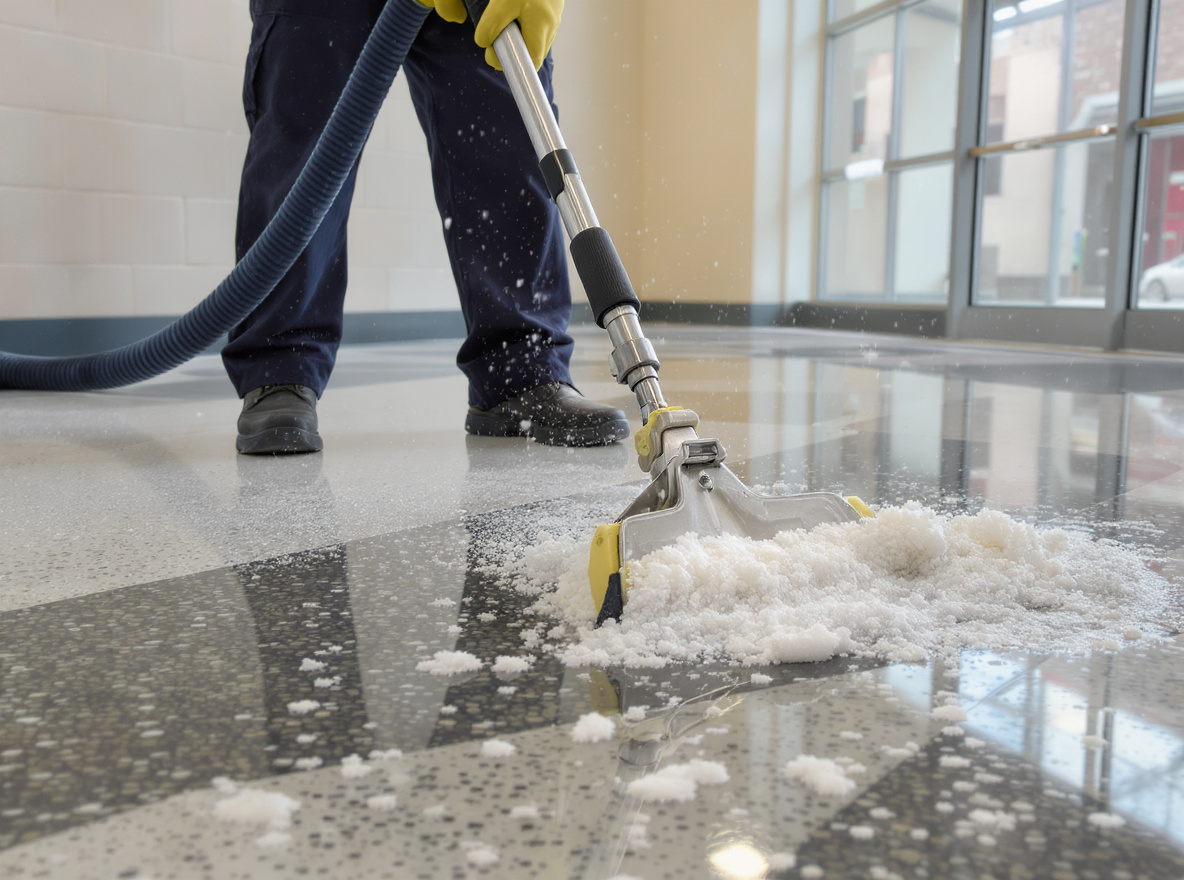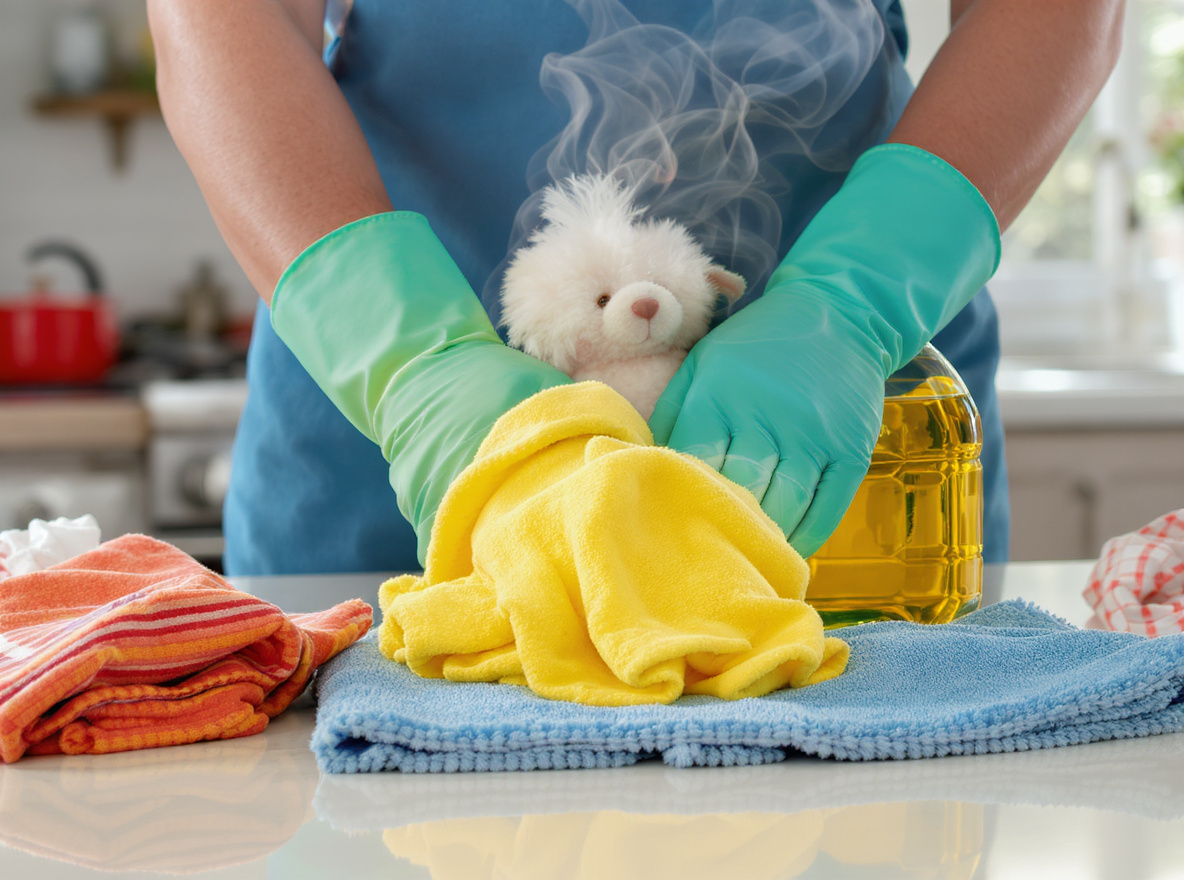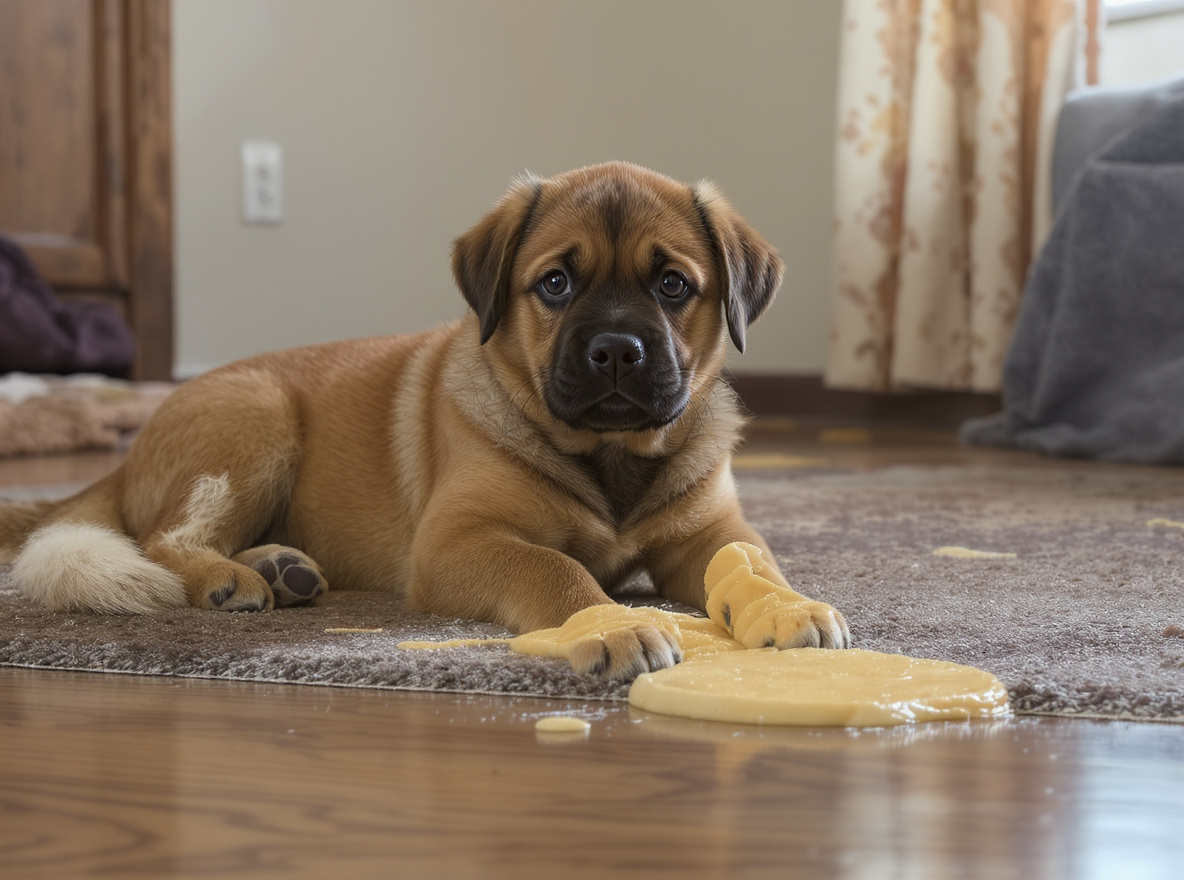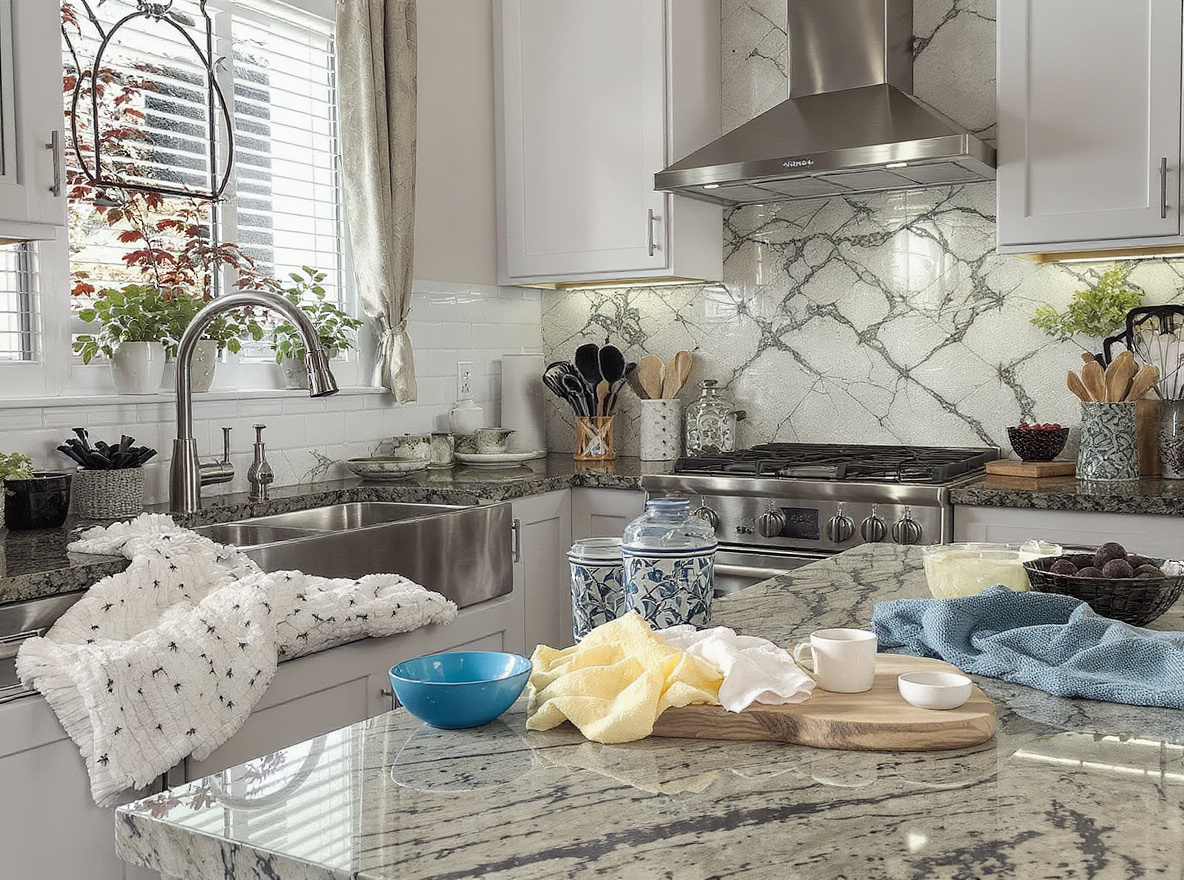5 pet-safe cleaning hacks for odor-free homes: the ultimate guide for animal lovers
Let’s face it, folks – we love our furry companions to death, but sometimes they leave behind little “reminders” of their presence that aren’t exactly potpourri. Whether it’s that mysterious living room funk, the unmistakable evidence of an accident, or just the general eau de pet that seems to permeate everything you own, keeping a clean, fresh-smelling home with animals can feel like a losing battle. However, with proper pet-safe odor control, you don’t need to choose between your beloved pets and a home that smells nice. And you definitely don’t need to resort to harsh chemicals that could harm your four-legged family members.
I’ve compiled the ultimate arsenal of pet-safe cleaning strategies that actually work. These aren’t your grandmother’s cleaning tips – these are battle-tested, pet-approved methods for reclaiming your home from odors while keeping your animals safe and healthy.
The science of pet odors: know your enemy
Before we dive into solutions, let’s talk about why pet odors are so persistent. It’s not just about the visible messes – it’s the microscopic particles that embed themselves in your carpets, furniture, and even walls.
Pet urine, in particular, is a special kind of nemesis. It contains uric acid crystals that can remain dormant in your carpet or furniture until they get wet again, reactivating that lovely urine smell long after you thought the battle was won. Regular cleaners often just mask the smell temporarily without breaking down these stubborn compounds.
Additionally, pet dander, hair, and body oils create their own unique bouquet that can permeate your home over time. This isn’t just an aesthetic issue – these odors can actually affect your health and mood, not to mention make you think twice about inviting company over.
Hack #1: the mighty baking soda revolution
If there were a superhero of natural cleaning products, baking soda would be wearing the cape. This unassuming powder is a powerhouse for neutralizing pet odors, and it works by actually changing the pH of odor-causing compounds rather than just masking them.
For carpets and rugs:
- Sprinkle a liberal amount of baking soda over the affected area (or your entire carpet for general freshening).
- Let it sit overnight – this gives it time to work its magic.
- Vacuum thoroughly the next day.
For particularly stubborn areas where pets have had accidents, you can enhance baking soda’s power. Mix it with a few drops of pet-safe essential oils like lavender or lemon (be sure they’re specifically pet-safe) before sprinkling. The baking soda absorbs the odor while leaving behind a pleasant scent.
For pet beds and furniture:
- Remove any covers or washable items and launder them.
- Sprinkle baking soda liberally over surfaces.
- Let it sit for several hours or overnight.
- Vacuum thoroughly, including under cushions and in crevices.
What makes this hack particularly brilliant is that baking soda is completely non-toxic to pets, unlike many commercial cleaners. You can use it as frequently as needed without worrying about harmful residues your pets might ingest when they lick their paws or lounge on freshly cleaned surfaces.
Hack #2: vinegar – the secret weapon against pet stains
White vinegar is the unsung hero in the natural cleaning world. This acidic wonder breaks down many of the compounds in pet urine and helps neutralize odors at their source. Don’t worry about the vinegar smell – it dissipates as it dries, taking the pet odors with it.
The basic vinegar solution:
- Mix equal parts water and white distilled vinegar in a spray bottle.
- Spray directly onto the stained area.
- Blot with a clean cloth (don’t rub, as this can push the stain deeper).
- Allow to air dry completely.
For enhanced cleaning power:
Create a more powerful solution by adding a few drops of dish soap to your vinegar mixture. The soap helps break down oils while the vinegar tackles odors. For a pleasant scent, add a few drops of pet-safe essential oils to your mixture.
The vodka alternative:
Surprisingly, vodka works as an excellent disinfectant and odor fighter. Its alcohol content kills bacteria and fungi that contribute to pet odors. Unlike some cleaners, vodka evaporates completely, leaving no residue behind. Simply spray a diluted vodka solution on affected areas and allow it to air dry.
Remember, never use vinegar on marble or stone surfaces, as the acid can cause damage. Always test any cleaning solution on a small, hidden area first to ensure it won’t discolor or damage your surfaces.
Hack #3: enzymatic cleaners – the nuclear option for serious odors
When you’re dealing with stubborn pet stains and odors that laugh in the face of your basic cleaning efforts, it’s time to bring out the enzymatic big guns. These cleaners use beneficial bacteria and enzymes that specifically target and break down organic matter like urine, feces, vomit, and other pet messes.
How enzymatic cleaners work:
Enzyme cleaners contain specific proteins that essentially “eat” the organic matter causing odors and stains. They break down the molecular structure of pet messes into smaller compounds that can be easily removed. This is particularly important for urine, which contains uric acid crystals that can remain dormant until reactivated by moisture.
DIY enzymatic solution:
While commercial enzyme cleaners are readily available, you can make a simplified version at home:
- Mix 2 cups of water with 3 tablespoons of liquid castile soap (a plant-based soap free from animal fats and synthetic ingredients).
- For urine stains, add 1/2 cup of 3% hydrogen peroxide and 1 teaspoon of dishwashing liquid.
- Sprinkle baking soda over the stain, then slowly pour your solution over it.
- Scrub gently with a clean cloth or brush.
- Let sit for 10 minutes, then vacuum thoroughly.
Important safety note:
When dealing with pet urine, NEVER use bleach. The ammonia in urine reacts with bleach to create harmful fumes that can be dangerous to both you and your pets.
For particularly tough odor problems, combining approaches often works best. Start with blotting up as much of the mess as possible, follow with an enzymatic cleaner, and then finish with a baking soda treatment after the area has dried.
Hack #4: strategic deodorizing for whole-home freshness
Sometimes the issue isn’t just spot cleaning – it’s the overall pet aroma that seems to permeate every corner of your home. Strategic deodorizing tackles this problem from multiple angles for a comprehensive approach to freshness.
Air purifiers:
High-efficiency air purifiers can significantly reduce pet dander and odors floating in your air. Look for models with HEPA filters specifically designed to capture pet allergens and odor-causing particles.
Natural odor absorbers:
Beyond baking soda, there are several natural substances that can help absorb odors throughout your home:
- First Saturday Lime – An excellent natural solution, especially for outdoor areas and pet living spaces. Sprinkle it in your yard, dog runs, or kennels to keep these areas fresh and reduce odor-causing bacteria.
- Activated charcoal – Place containers of activated charcoal in areas where pet odors tend to concentrate. Unlike air fresheners that mask smells, charcoal actually absorbs them.
- Fresh bowls of vinegar – When painting or doing home renovations, place small bowls of vinegar around the room to absorb fumes and strong odors that could affect your pet’s health. Replace daily until odors dissipate.
Fabric refreshing:
Pet odors love to cling to fabrics. Create a simple fabric refresher spray by combining:
- 1 cup of water
- 1 cup of distilled white vinegar
- A few drops of pet-safe essential oil
- 2 tablespoons of baking soda
Mix thoroughly and spray on furniture, curtains, and other fabrics that may harbor pet odors. Allow to dry completely.

If you’re looking for a trusted and high-quality cleaning service in Buffalo, Tonawanda, or Amherst —
get a free quote online.
You can also call us at 716-289-1966.
Hack #5: prevention – the ultimate cleaning hack
The smartest cleaning strategy is preventing odors from becoming a problem in the first place. A consistent prevention routine can dramatically reduce your cleaning workload while maintaining a fresher home environment.
Regular washing schedule:
Establish a regular schedule for washing pet items:
- Pet bedding – Wash weekly using unscented detergent to avoid irritating your pet’s sensitive skin.
- Throw blankets and slipcovers – Use washable covers on furniture where pets frequently lounge and wash them regularly.
- Pet toys – Fabric and rope toys can harbor bacteria and odors; wash them monthly.
Strategic barriers:
Create barriers that prevent odors from setting in:
- Use washable slipcovers or furniture throws to shield sofas and chairs from fur and stains.
- Place rugs or mats in high-traffic areas to catch dirt and fur before they spread.
- Consider waterproof mattress protectors or specialized pet blankets for beds if your pets sleep with you.
Grooming routine:
A well-groomed pet brings fewer odors into the home:
- Regular baths with pet-safe shampoo.
- Frequent brushing (ideally outdoors) to remove loose fur before it ends up on your furniture.
- Dental care to reduce mouth odors.
- Paw cleaning after outdoor excursions.
Ventilation matters:
Never underestimate the power of fresh air. Even in less-than-ideal weather, try to open windows for 15-30 minutes daily to allow fresh air circulation. This simple step can significantly reduce accumulated pet odors.
The pet-safe cleaning arsenal: what to keep on hand
To be prepared for any pet-related cleaning emergency, stock your cleaning cabinet with these pet-safe essentials:
Must-have supplies:
- Baking soda (buy in bulk – you’ll use it often).
- White distilled vinegar.
- Hydrogen peroxide (3%).
- Liquid castile soap.
- Pet-safe essential oils (lavender, lemon, or chamomile).
- Spray bottles for your homemade solutions.
- Microfiber cloths for blotting and cleaning.
- A quality vacuum with a HEPA filter.
Tools of the trade:
- A blacklight flashlight to detect urine stains not visible to the naked eye.
- Rubber gloves for cleaning.
- Specialized pet hair removal tools (rubber brooms, electrostatic dusters).
- Steam cleaner for occasional deep cleaning of carpets and upholstery.
The bottom line: a clean home and happy pets can coexist
Living with pets doesn’t mean surrendering to a life of questionable smells and apologizing to guests. With these pet-safe cleaning hacks, you can maintain a fresh, odor-free home without putting your beloved animals at risk from harsh chemicals.
Remember, consistency is key. Regular maintenance cleaning prevents odors from becoming embedded and more difficult to remove. A little daily attention prevents major cleaning projects down the road.
And perhaps most importantly, these natural approaches to cleaning are better for everyone in your household – humans and animals alike. Conventional cleaning products often contain chemicals that can irritate your pet’s respiratory system or cause harm if ingested. By switching to pet-safe alternatives, you’re creating a healthier environment for your entire family.
Your pets give you unconditional love, companionship, and yes, occasionally messes. But with these strategies in your cleaning arsenal, you can enjoy all the benefits of pet ownership without the lingering reminders of their presence that your nose would rather forget.
Clean smart, clean safe, and enjoy your odor-free pet paradise!

If you’re looking for a way to keep your home clean without harming your pets, consider our pet-safe odor control solutions. Whether you’re tackling fur, stains, or general scents, you can get a free quote online or call us at 716-289-1966 to learn more about how we can help.
If you’re living in Buffalo and want your home to feel fresh and truly clean, a seasonal deep clean might be just what you need. In Tonawanda, many families rely on recurring services to stay ahead of the mess. And Amherst residents often choose move-out cleanings to impress landlords and secure their deposits.
If you’re looking to bring some order and freshness into your space — you can always get a free quote online through STARCORE Cleaning. We’ll be happy to help you organize a quality cleaning service in Buffalo, Tonawanda, or Amherst at a fair price.
Prefer to talk it through? Just give us a call: 716-289-1966. We’re here for you.
Frequently asked questions
1. Are the cleaning methods in this article safe for pets?
Yes! All methods mentioned, including baking soda and vinegar, are pet-safe and non-toxic.
2. How often should I clean my pet’s bedding?
It’s best to wash pet bedding weekly with unscented detergent to keep odors under control.
3. What should I do if my pet has an accident on the carpet?
Blot the area, then use an enzymatic cleaner or a vinegar solution to address the stain and odor.
4. Can I use essential oils around my pets?
Yes, but make sure to use pet-safe essential oils in small, diluted amounts. Avoid oils that are toxic to pets like tea tree or citrus oils.
5. How can I remove pet hair from furniture?
Use a rubber glove or a specialized pet hair removal tool to effectively lift hair from upholstery.
6. Is it okay to use baking soda on all surfaces?
Baking soda is generally safe for most surfaces but do a spot test on delicate materials or fabrics first.




